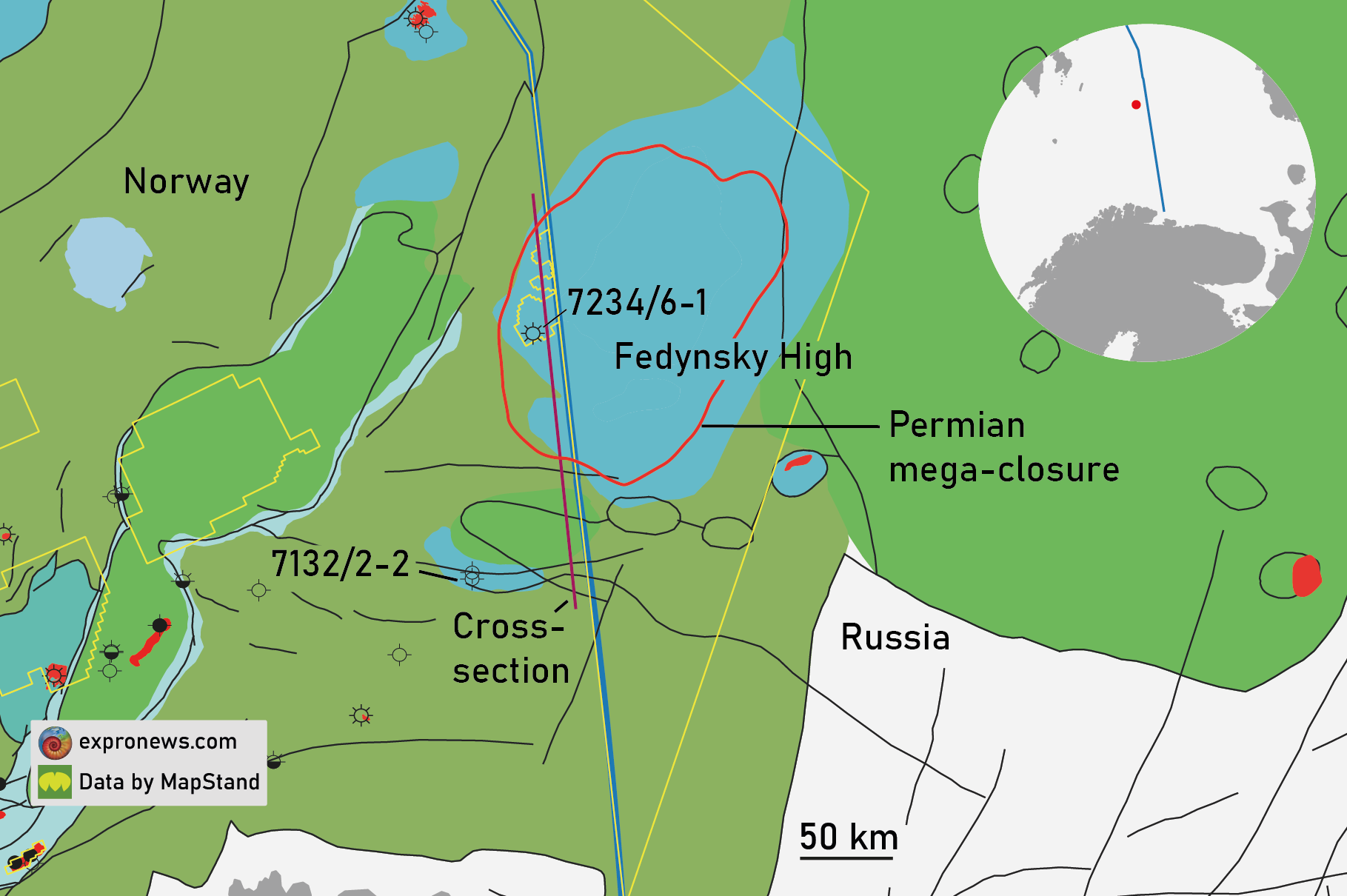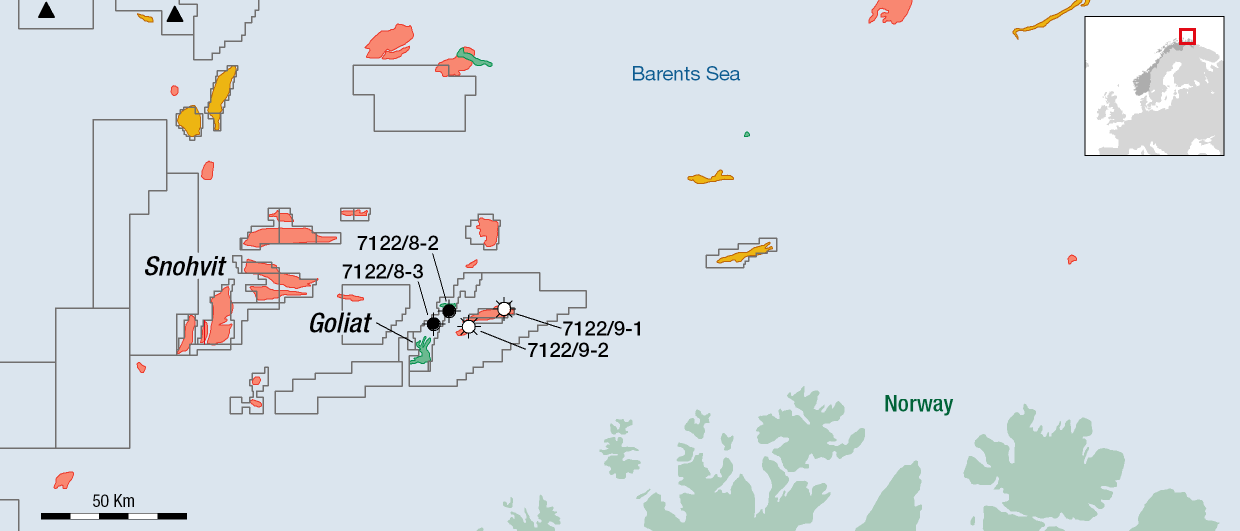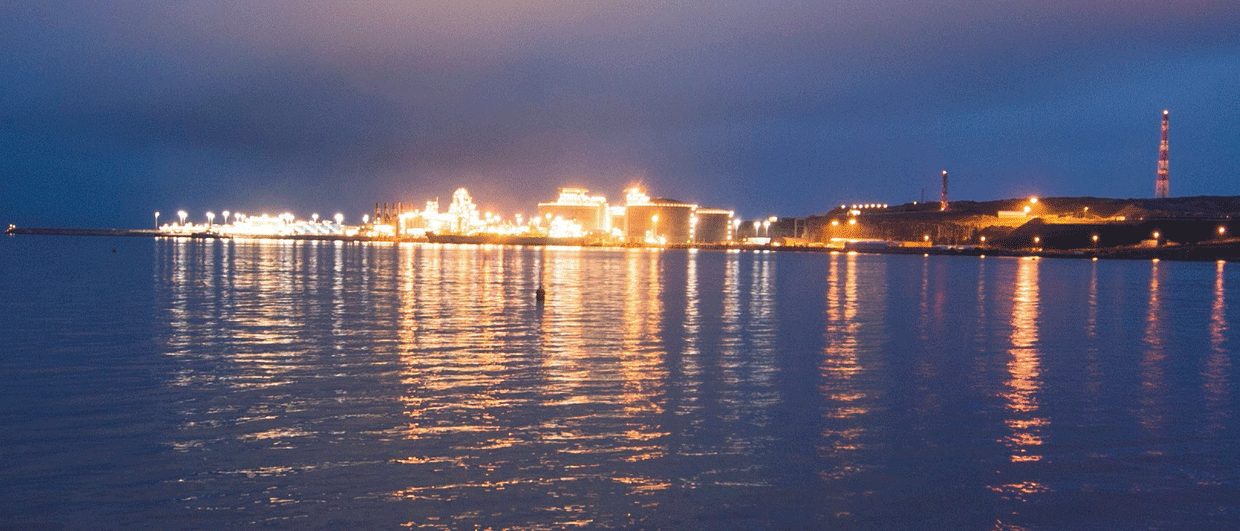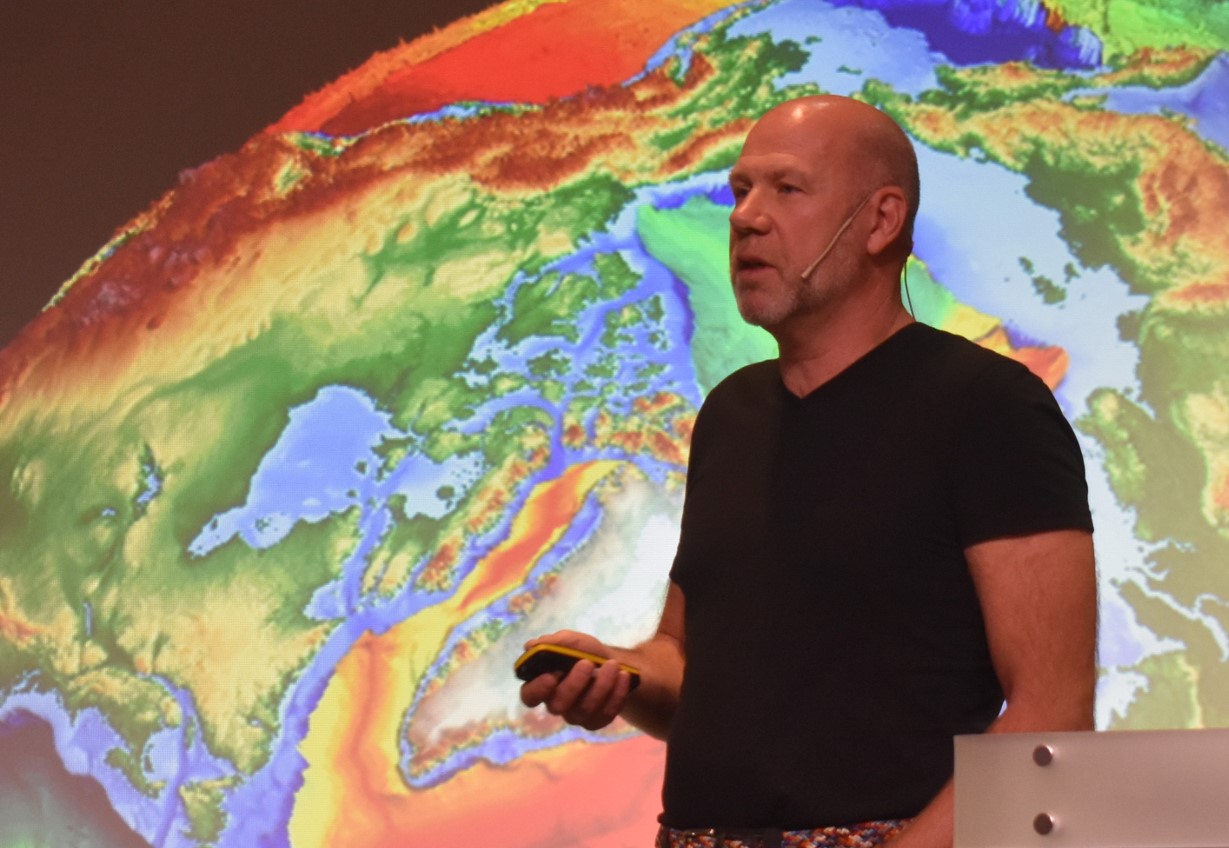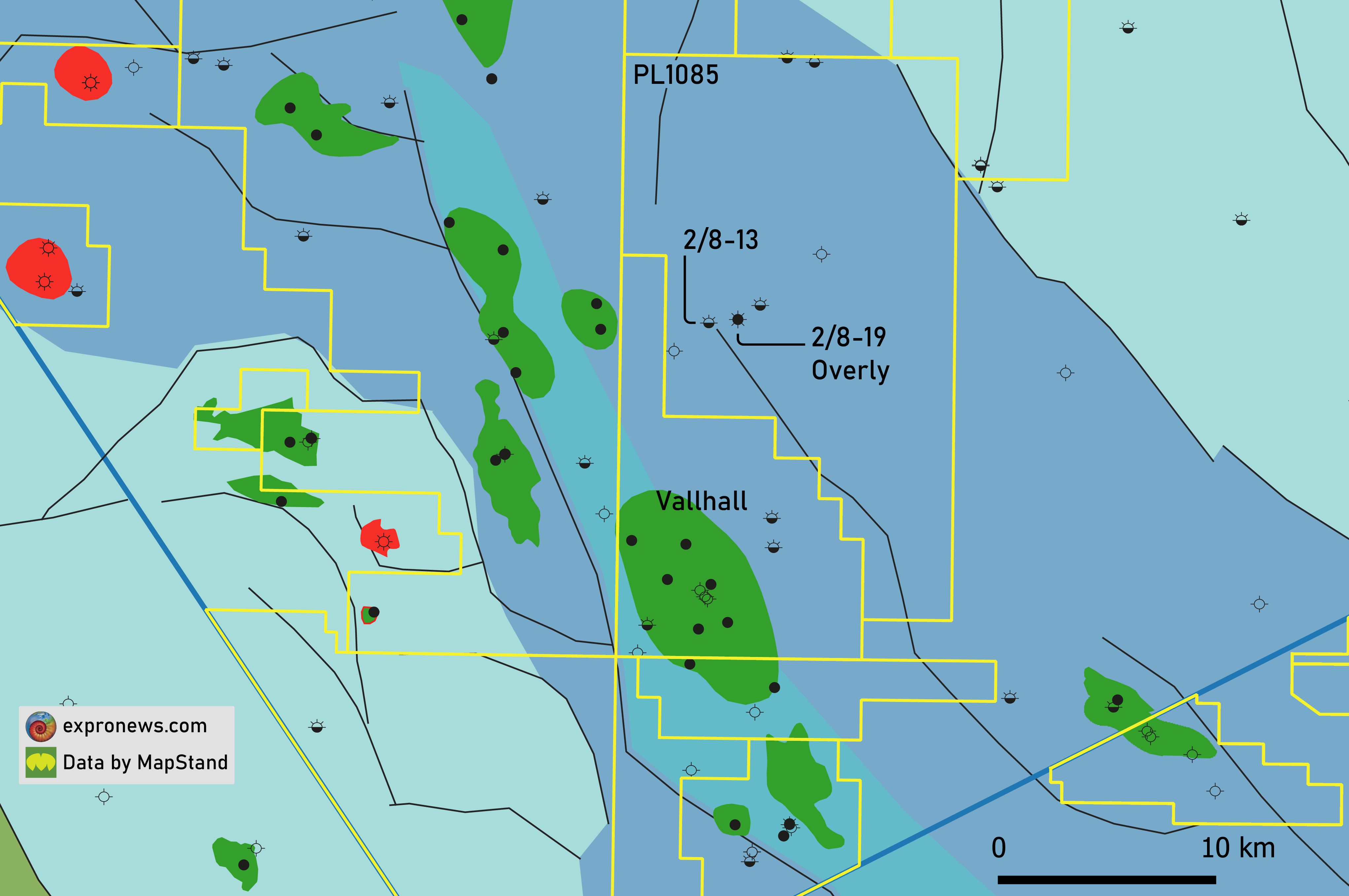When someone recently asked me about the most interesting well currently being drilled in NW Europe, I replied that it was either Stovegolvet (31/11-1S) or Stangnestind, or both! With the two wells now being completed, the conclusion has to be drawn that both attempts to unlock more frontier resources seem to have been unsuccessful. But is that entirely true? Stovegolvet was dry, but the Stangnestind well may not be a complete write-off, at least for Russia.
The Stangnestind well (7234/6-1) was spudded early June in the hope to prove hydrocarbons in one of the last big structural closures (Fedynsky High) mapped across the Norwegian Continental Shelf. It should however be added that the biggest part of the closure resides in Russian territory, which explains why the well was partnered by Lukoil Overseas.
With the NPD now reporting a “minor” discovery with a recoverable volume of 10-13.2 MMboe – of which most is thought to be gas – it may seem likely that there is overall disappointment about the results. Also, when compared to an estimated 18,700 MMboe for the entire closure, the reported numbers look bleak.

However, it must be remembered that Aker BP’s initial estimate for Stangnestind was between 13 and 108 MMboe, which probably only applied to the Norwegian part of the closure. Yes, the discovered range is smaller than hoped for, but the fact that gas has now been proven may still offer some hope for the Russians, even though CO2 was mentioned as being high and oil was probably the preferred fluid type.
Permian to Upper Carboniferous carbonates of the Ørn Formation were the main target for 7234/6-1, in which the well encountered a 57 m gas column. However, only 26 metres of the gas leg constituted of poor to moderate quality dolomites, with the remainder probably classified as non-reservoir.
On that basis, it cannot be ruled out that the Russians will further study the Fydynski High, not the least because of the large potential volume in Russian waters. In the meantime, for Aker BP the well may be the last one it was involved in in the Barents Sea. As reported by Norwegian site E24, the CEO of Aker BP – Johnny Hersvik – admitted during a quarterly presentation last summer that his company’s confidence in the Barents Sea was “somewhat limited.” As Halfdan Carstens argues in an article on geo365 today, it is about time that the NPD steps up and revises downward the resource estimates for the Barents Sea in the light of the ever growing list of disappointing well results in the area over the past few years.
HENK KOMBRINK

